WWW Wednesday is a weekly meme hosted by Sam@Taking on a World of Words.
To play, answer the three ‘W’ questions listed below. Be sure to link back to her or to put the link to your post in the comment section of her blog so that others take a gander at your answers and maybe find new reads to throw in their TBR mountain.
The Three W’s are:
What are you currently reading?
What did you recently finish reading?
What do you think you’ll read next?
What I’m Currently Reading
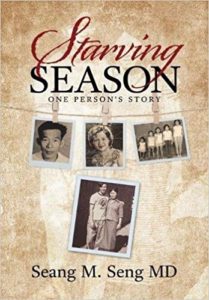
‘Seang Seng was born and raised in Cambodia, the Southeast Asian country Prince Sihanouk had coined an “Island of Peace.”
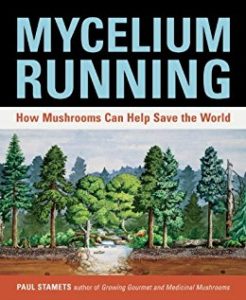
‘Mycelium Running is a manual for the mycological rescue of the planet. That’s right: growing more mushrooms may be the best thing we can do to save the environment, and in this groundbreaking text from mushroom expert Paul Stamets, you’ll find out how.
The basic science goes like this: Microscopic cells called “mycelium”–the fruit of which are mushrooms–recycle carbon, nitrogen, and other essential elements as they break down plant and animal debris in the creation of rich new soil. What Stamets has discovered is that we can capitalize on mycelium’s digestive power and target it to decompose toxic wastes and pollutants (mycoremediation), catch and reduce silt from streambeds and pathogens from agricultural watersheds (mycofiltration), control insect populations (mycopesticides), and generally enhance the health of our forests and gardens (mycoforestry and myco-gardening).
In this comprehensive guide, you’ll find chapters detailing each of these four exciting branches of what Stamets has coined “mycorestoration,” as well as chapters on the medicinal and nutritional properties of mushrooms, inoculation methods, log and stump culture, and species selection for various environmental purposes. Heavily referenced and beautifully illustrated, this book is destined to be a classic reference for bemushroomed generations to come.’
What I Recently Finished

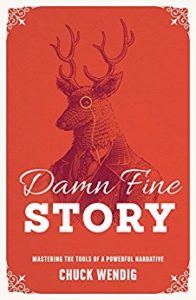
What I Hope to Read Next
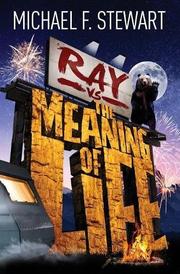
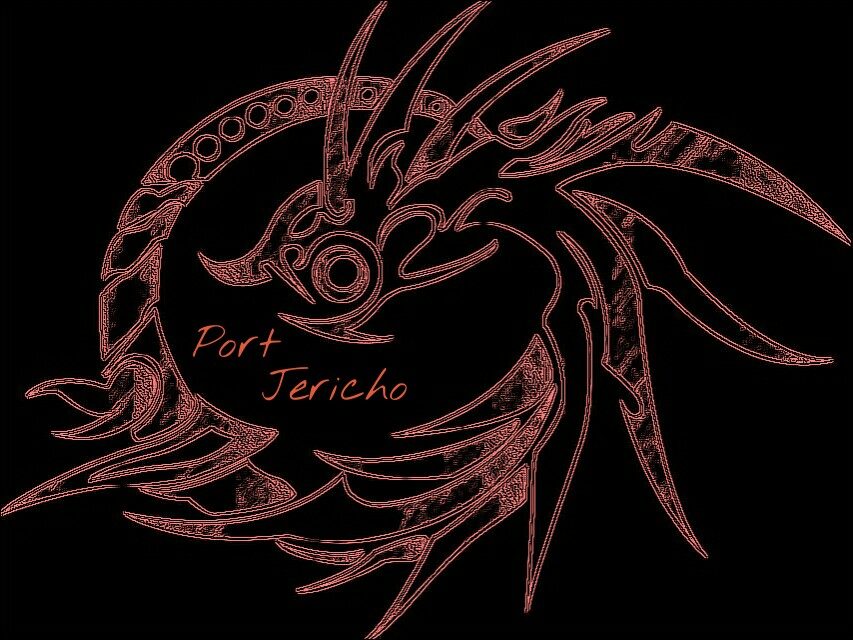
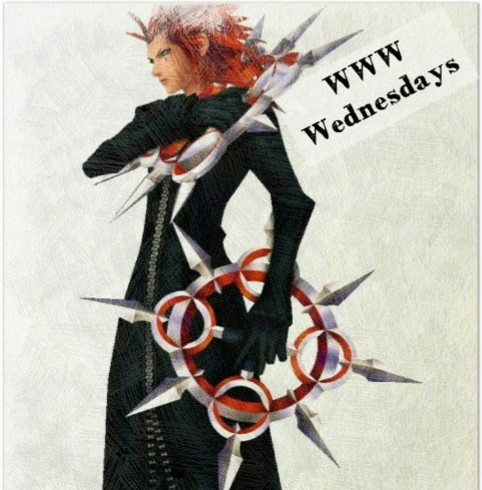

These are all new to me reads. I hope you enjoy!
Here’s what I’ve been reading https://www.boundtowriting.com/www-wednesday-april-25/
Based on the cover image I was really hoping Damn Fine Story was a novel! A little disappointed to see it’s actually a book on writing. Curious about it all the same.
Here’s my post for this week:
https://musewithmeblog.wordpress.com/2018/04/25/www-wednesday-2018-04-25/
😂😂😆 would be interesting to see what kind of novel would be behind the cover. It was a very good writingcraft book though!